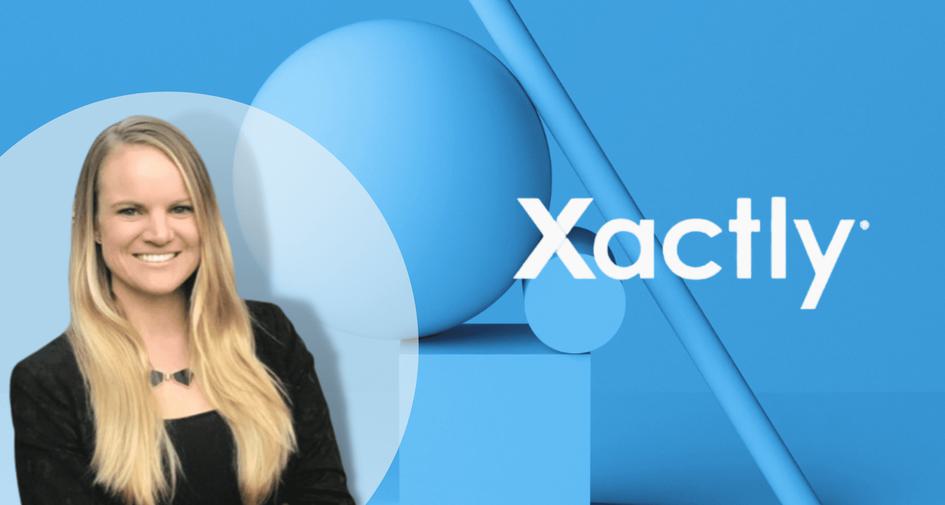Lessons in Building a Highly Effective Collections Team From the Ground Up

Guest Post by Kayla Kenczewicz, Manager, Accounting Operations at Xactly Corp
In 2019, I was hired by Xactly as the lone collections analyst in Denver, the new home for its finance function. Not long after, the controller asked me to build an in-house collections team. Along the way, I went from being the supervisor of collections to my current role managing the entire AR collections and billing unit. I also learned some valuable lessons that have helped my team improve our most important finance key performance metric of Days Sales Outstanding (DSO) by 32%. Anyone else tasked with creating a collections team from the ground up can put these best practices to their own use.
1. Learn from AP.
One of my first priorities was to address our AR aging, so I decided to get the perspective from an Xactly AP analyst, who advised me that these are the things that get their attention and motivate them to pay customer invoices:
· Customized dunning: Otherwise, AP likely ignores it.
· Email subject lines: To get noticed by AP, include something like second request or pending deactivation.
· High-priority vendors: To be the first to get paid, you need a relationship with the customer contact who values your product enough to advocate for timely payment.
2. Identify and address aging’s root cause.
After I hired my first collections analyst, we dug into the root causes of our aging invoices and found several big problem areas related to purchase orders, implementation delays, and customer portals.
To minimize these issues, I now meet weekly with the revenue manager to discuss billing accuracy and completeness, especially for enterprise clients who require a PO and/or use a portal to pay their invoices. This helps us prevent problems entirely or jump on top of errors quickly.
3. Be proactive.
Additionally, we incorporated three critical steps into our process to encourage prompt payment:
· Coming due letters: Between five and 10 days prior to their invoice due date, we contact customers to confirm they received the bill and that it’s accurate. This approach gives us valuable time to fix problems, such as incorrect contacts or PO numbers, as early as possible in the billing cycle.
· Monthly statements: All customers now receive this 30-day picture of their account’s standing.
· Alerting sales: We incorporated past due alerts within Salesforce that pop up any time a new opportunity is created for an existing client who is in arrears, which then connects our team to the salesperson who can potentially influence the customer to pay.
4. Continuously collaborate.
I’ve learned that collaboration builds stronger internal and external relationships, which are critical to collections. For me, this started with a weekly meeting with someone from legal to help me gain insight into key customer risks that could affect collections, such as bankruptcies, mergers, or acquisitions. Today, I meet monthly with key players from customer success, professional services, and sales to keep me informed — and vice versa. I then loop back with our FP&A and revenue teams to share that information to help them improve our overall planning and forecasting.
All of these efforts have helped my collections team work more efficiently and be able to see around blind corners, which is critical in driving down DSO.
Want to hear more about how Kayla built a collections team that has improved DSO by 32%? Check out Coffee, Collections, and Cash Flow with Xactly.